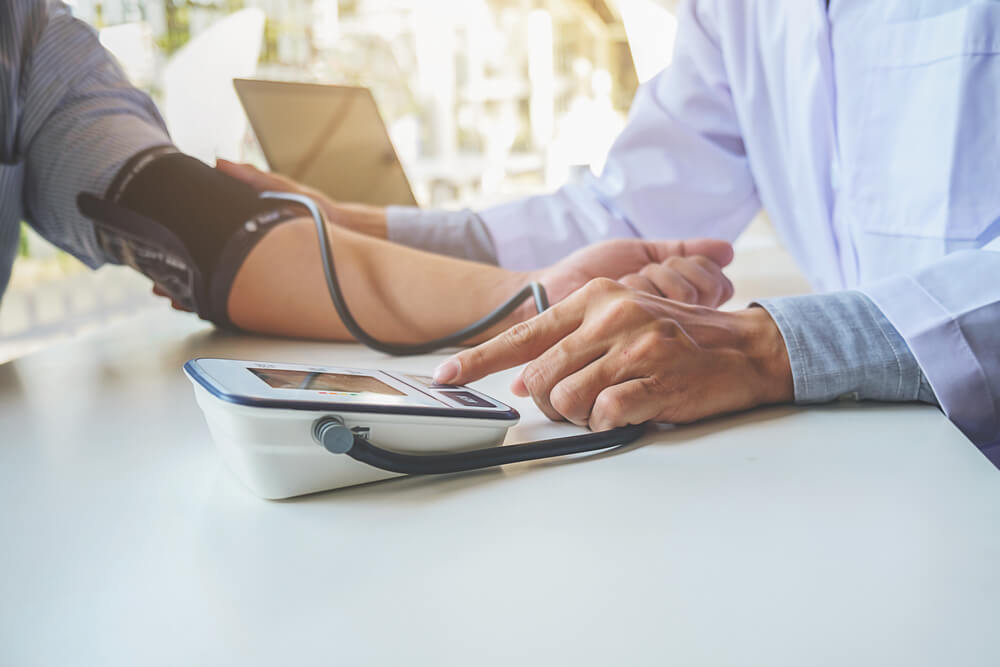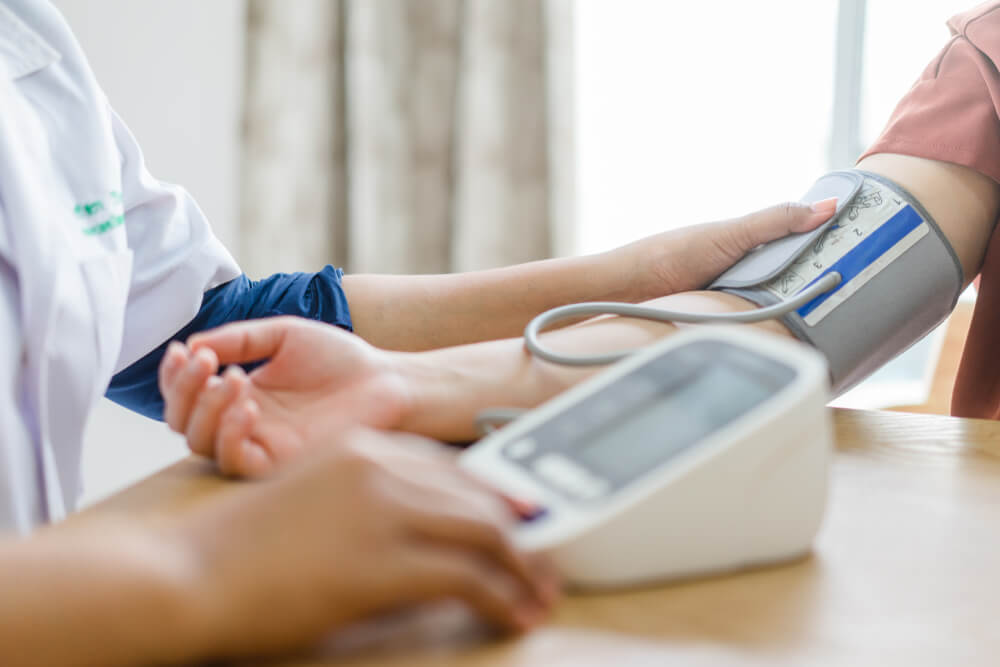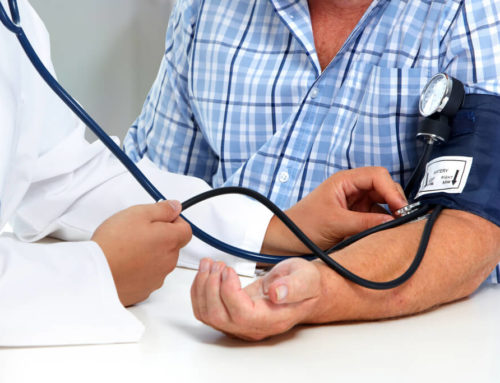Hypotension, or low blood pressure, describes a condition in which a person’s blood pressure is under 90/60 millimeters of mercury. For the most part, people experience no apparent symptoms of low blood pressure; when there are signs, we’re typically talking about fainting and dizziness. In more severe cases, low blood pressure can be dangerous, and treatment is required.
A good primary care specialist in Hialeah, FL, can help you better understand the characteristics of low blood pressure and when they can cause problems. To make things simpler, this article will also aim to shed more light on hypotension.
About Low Blood Pressure
As mentioned above, hypotension is when your blood pressure is lower than usually expected. It can be a condition on its own, or it may also be a symptom of another underlying cause. There may be no symptoms of low blood pressure in patients, but when there are complications, they may require treatment.
Typically, medical experts use two definitions for hypotension:
- Absolute hypotension occurs when the patient’s resting blood pressure is lower than 90/60 mm hg (millimeters of mercury).
- Orthostatic hypotension means the patient’s blood pressure remains low after standing up from a sitting position for over three to four minutes. While brief and sudden blood pressure drops are normal, in the case of Orthostatic hypotension, the drop must be at least 20 mm hg of the systolic pressure and ten or more mm hg for the diastolic pressure. Orthostatic hypotension is also often called postural hypotension because it occurs when people change their posture.
There’s also postprandial hypotension, which usually affects one-third of the elderly but may occur at any age. It might seem illogical, but postprandial hypertension may occur in people who are dealing with high blood pressure or other conditions that control the centers responsible for managing internal body processes.
For example, postprandial hypotension may occur after eating, as the intestine requires a significant amount of blood for the digestive process. When the mechanisms control the blood flow and vessels to maintain proper blood flow throughout the body even after eating, blood pressure may fall.
Measuring Blood Pressure

As you might have guessed above, measuring blood pressure will involve two numbers:
- The top number, or the systolic pressure, measures the pressure on the arteries with each heartbeat.
- The bottom number, or diastolic pressure, measures the pressure in the arteries between two heartbeats.
The Effects of Low Blood Pressure on the Body
Typically, the body is able to control the blood pressure automatically, preventing it from dropping too much, and symptoms of low blood pressure occur when the body simply can’t prevent the large pressure drop.
For most people, low blood pressure causes no symptoms, and they aren’t even aware that they have hypotension. However, for those with symptoms, the overall effects will depend on why the pressure drop is happening, what caused it, and how fast it develops. Slight decreases are normal, and they may get frequent with age. If they happen fast, it can mean that certain body parts aren’t getting enough blood which may lead to unpleasant, disruptive, and even dangerous effects.
Low blood pressure can affect anybody, depending on the cause, but it’s more prone to produce symptoms in people over 50. What’s more, it may happen to physically active, younger people, too.
Causes and Symptoms of Low Blood Pressure
The most prominent symptoms occur because of inadequate blood flow, which may include:
- Passing out or fainting
- Lightheadedness
- Dizziness
- Distorted, blurred vision
- Vomiting or nausea
- Weakness, fatigue
- Lethargy, sluggishness
- Confusion
- Shallow and fast breathing
- Agitation
Low blood pressure can result from several things:
- Sudden position changes (orthostatic hypotension) when the body is unable to compensate with more blood flow to the brain.
- Diseases of the central nervous system may lead to postprandial hypotension as the body’s systems can control the patient’s blood pressure efficiently.
- Low blood volume can come from dehydration or severe blood loss due to injury.
- Prescription drugs like those that treat blood pressure, erectile dysfunction, depression, heart failure, and other problems may also lead to hypotension.
- Lung and heart problems. When the lungs aren’t working as they should or when the heart beats too slow or fast. Having a weak heart muscle may also lead to hypotension.
- Life-threatening conditions like arrhythmia, heart attacks, pulmonary embolism, near-fatal allergic reactions, sepsis, and other conditions may also lead to low blood pressure.
- Pregnancy may also lead to hypotension.
- Recreational drug and alcohol use.
Diagnosing Low Blood Pressure
Taking your blood pressure is enough to diagnose hypotension. Still, discovering the underlying cause will often be more challenging. To help establish why patients have problems with hypotension, providers will usually order a variety of tests, such as:
- Blood and urine testing to look for conditions such as hormone or thyroid problems, diabetes, pregnancy, anemia, etc.
- Imaging tests such as X-rays, CT, MRI, and echocardiogram if experts suspect any lung or heart problems.
- Diagnostic testing to look for specific conditions of the heart or the body like tilt table tests, EKG, ECG, exercise stress testing, etc.
Treating Low Blood Pressure
For effective treatment, providers must first find out the underlying causes. If treatable directly, low blood pressure will resolve without any interventions (like in the case of injury or blood loss, when the body replaces the lost blood).
If the patient takes medication that affects their blood pressure, they can consult their doctor about changing their dosages or seizing their medication regimen.
Treating Hypotension Directly

There are cases when hypotension treatment may grant a hospital stay. In these cases, experts treat the condition in the following ways:
- Improving blood vessel constrictions with the help of medications
- Increasing blood volume or fluid resuscitation with IV blood transfusions or plasma.
- Taking kidney medications to keep salt and fluid in the body, which helps with blood pressure.
If diagnosed with hypotension, your provider may also recommend the following symptom management steps:
- Implementing dietary changes like increasing salt intake.
- Teach you to recognize the symptoms and react accordingly.
Can You Prevent Hypotension?
Unfortunately, it’s not possible to reduce the risks associated with the condition or prevent it. For the most part, patients may only avoid the actions or circumstances leading to low blood pressure, such as avoiding alcohol, drugs, certain medications, and so on.
Learn More About Hypotension Management
For the most part, low blood pressure won’t cause lead to any problems. Still, when the condition produces symptoms and causes even more trouble, you should visit an expert.
Set up an appointment at Carreras Medical Center if you’d like to learn more about managing low blood pressure symptoms and the strategies that may help you cope.
Don’t forget, if you are starting to experience symptoms that affect your daily routine, see a provider as soon as possible.





